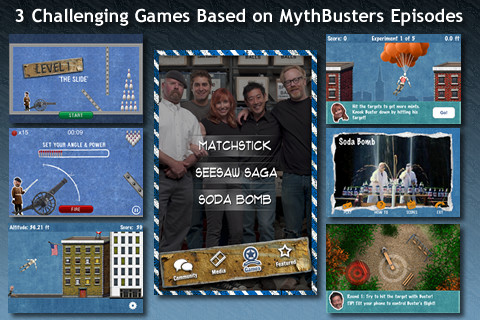The lesson? Just because a celebrity endorses a product doesn't make it good.
When some besotted fan says she loves Justin Bieber or Chris Evans or David Hasselhoff, she's not falling in love with a person - she's falling in love with a brand. And in a world where Jennifer Lopez sells perfume, celebrity apps are no different - chances are that you're downloading the name, not the product.
Obviously, an app is only as good as its developer, and any app that markets a celeb can either take the high or the low road. A number of "soundboard" apps just offer audio clips that fans can play over and over, or at opportune times ("Hey, I've got the perfect comeback - just let me load this app...") or a chance to "connect" with the celebrity in question via embedded social media. The most useful apps complement a celebrity's claim to fame; it also helps when a celebrity also performs some useful function, like a chef.
The issue, of course, is that it's all a matter of perspective. Would an app that offers a chance to "kiss" Justin Bieber appeal to many 50-year-old straight men? Probably not. But that same app might be a prized part of some tween's digital hope chest. In general, celebrity apps suck -there, we've said it. But we've managed to find a few that may actually prove useful. See what you think.





















